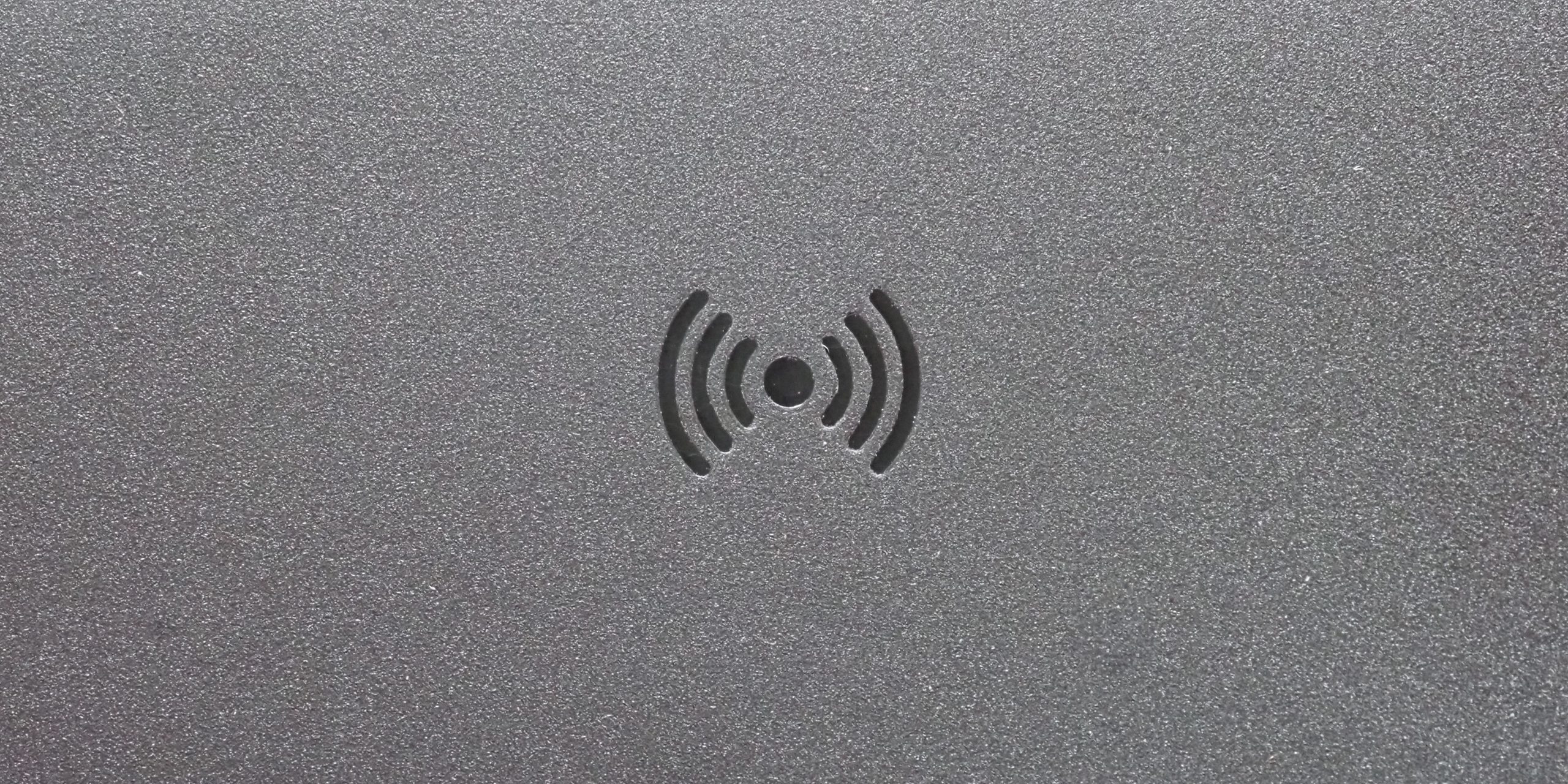In today’s rapidly evolving security landscape, RFID door access control systems have emerged as essential tools for businesses, property owners, and security teams worldwide. Offering a reliable and secure way to safeguard both commercial and private properties, these systems are becoming increasingly popular. However, choosing the right RFID door access system can be a complex task, especially for those unfamiliar with the technology.
Understanding RFID Door Access Systems: A Deep Dive
What is RFID Door Entry System?
An RFID door entry system employs electromagnetic energy and Radio Frequency Identification (RFID) signals to secure access points in commercial and residential buildings. Unlike traditional key-based locks, RFID readers require electronic credentials, ensuring enhanced security and flexibility.
Radio Frequency Identification (RFID): Explained
RFID technology, developed in the 1970s, allows wireless communication between devices. In the context of door access systems, RFID comprises tags (stored in key cards or fobs) and readers. These systems have evolved, becoming compact, cost-effective, and widely used in various industries.
Active vs. Passive RFID Technology
Active RFID Devices
- Fitted with internal power sources.
- Ideal for real-time tracking (e.g., vehicle management).
Passive RFID Devices
- Activate in response to signals from stationary RFID readers.
- Commonly used in access control systems, ensuring secure data transmission.
How RFID Access Control Systems Work
- User Authentication: Authorized individuals present their RFID key cards to the reader.
- Data Transmission: RFID reader communicates with the RFID door system’s control panel.
- Credential Verification: Control panel verifies credentials against the database, allowing or denying access.
- Access Granting: If verified, the control panel signals the RFID lock to open, allowing entry.
Types of RFID Access Control Systems
- Low-frequency RFID (125KHz):
- Short read distance (10 cm).
- Suitable for building entrances and offices due to minimal interference.
- High-frequency RFID (13.56MHz):
- Readable range: 10 cm to 1 meter.
- Versatile and often compatible with NFC-enabled devices.
- Ultra-high Frequency RFID (900MHz):
- Longest range (up to 100 meters).
- Used in outdoor gate access and vehicle identification systems.
Key Features to Look for in RFID Door Access Systems
- Auto-lock Feature: Ensures doors automatically relock, enhancing security.
- Reprogrammable Fobs: Ideal for businesses with high turnover, allowing easy adjustment or revocation of credentials.
- Anti-tamper Technology: Configurable alarms and lockdown functions in case of tampering.
- Smart-device Compatibility: Enables remote monitoring and adjustments via smartphones or online portals.
- Time-based Automation: Useful for scheduled access control, particularly in locations with fluctuating operating hours.
- Keypad and Visitor Access: Systems with keypads offer alternatives for visitors, enhancing convenience without compromising security.
Considerations and Limitations
- Replacing RFID Fobs: Frequent loss in high-traffic areas may necessitate additional security measures.
- Power Supplies: Some RFID locks rely solely on batteries, requiring regular monitoring.
- Security Vulnerabilities: Ensure advanced encryption to prevent hacking attempts and maintain system integrity.
Choosing the Right RFID Door Access System
To maximize the benefits of RFID door access control, careful consideration of frequency, additional features, and integration capabilities is crucial. These systems offer unparalleled versatility and efficiency, enhancing security protocols and providing peace of mind to property owners and security teams.
Implementing dedicated security protocols around RFID technology ensures reliable and efficient use, making RFID door access control an invaluable addition to modern security solutions.

